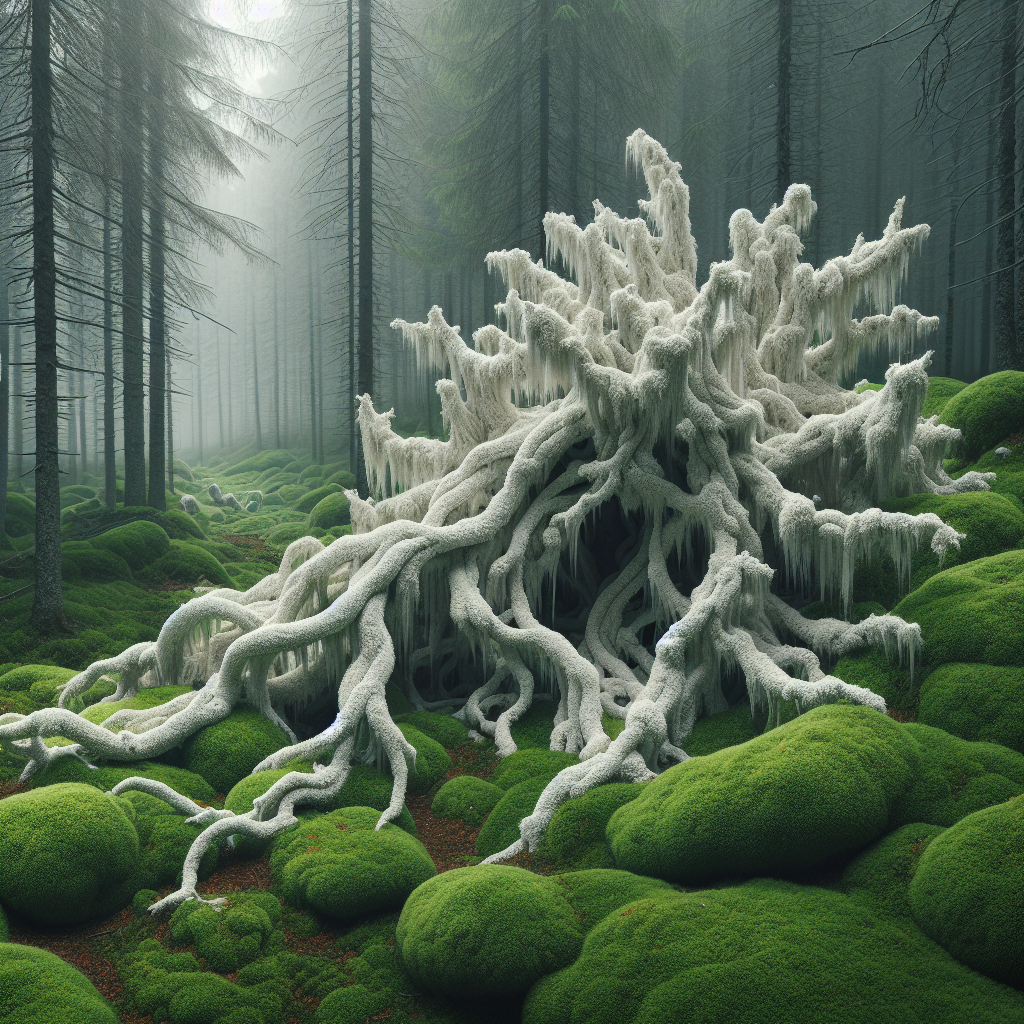Imagine walking through an enchanted forest, the ground beneath you covered in a soft, surreal carpet that seems almost otherworldly. This is the magic of white moss, a fascinating species that plays a crucial role in the environment. But what is white moss, and why should we care? White moss, scientifically known as Sphagnum, is a type of bog moss that can be found in wetlands and cooler climates across the globe.
These mosses thrive in damp, shaded areas where they form dense mats on the forest floor. They are crucial to the ecosystem as they help regulate water levels, absorb carbon dioxide, and provide habitat for a variety of organisms. This natural wonder has long been appreciated and utilized by indigenous communities for its versatile uses, like in construction and traditional medicines.
However, white moss has recently gained attention in the fight against climate change. It holds an extraordinary ability to sequester carbon, which means it can store carbon over long periods, reducing greenhouse gases in the atmosphere. This helps slow down global warming, making it an unsung hero of the natural world.
Despite their environmental benefits, white mosses are facing threats from human activity, particularly industrial peat extraction. Peatlands, where white moss thrives, are being excavated for agriculture, fuel, and horticulture. These activities disrupt the unique balance of peatland ecosystems, causing the release of stored carbon and reducing the area available for moss to grow.
The extraction of peat not only diminishes our natural carbon sinks but also disrupts biodiversity. Species that depend on moss habitats, like certain insects and amphibians, find their homes destroyed, leading to a cascading effect on the food chain. This is where the debate between economic development and environmental preservation comes into play.
Industries argue that peat extraction provides jobs and resources, which are undeniably important. However, it's essential to weigh these advantages against long-term environmental costs. There's a growing movement advocating for sustainable alternatives that can help maintain economic benefits while protecting these crucial habitats.
Technological advancements offer promising solutions. Sustainable farming of moss, for example, could supply the horticultural industry without destroying natural reserves. Companies that adopt these green practices not only support the environment but also resonate with eco-conscious consumers, particularly younger generations.
Gen Z, often hailed as the most environmentally conscious generation, shows a strong interest in sustainable practices. Influencing industries with their buying power, they advocate for transparency, responsibility, and long-term vision in how our natural resources are managed. This attitude could lead to more businesses adopting ethical sourcing as standard practice.
Let's also consider the important cultural values tethered to these landscapes. Many indigenous communities have stewarded these lands for centuries. By involving them in conservation, we respect their rights and knowledge. It’s a way to ensure these habitats are preserved in a manner that honors their cultural significance. Such collaborations can inspire effective preservation strategies in other parts of the world. Ultimately, protecting white moss and peatlands aligns with broader environmental goals, fostering a healthier planet.
Even with understanding the ecological importance of white moss, further research is crucial. Scientists continue to explore its properties, seeking new ways to leverage its benefits while ensuring its survival. As awareness grows, so does the potential for conservation efforts. Education plays a pivotal role in this process, informing policies that balance human needs with environmental stewardship.
The story of white moss illustrates a larger conversation about our relationship with nature. It reminds us of the interconnectedness of ecosystems and humanity's impact on them. By appreciating and conserving natural wonders like white moss, we contribute to a future where nature and development coexist sustainably. Gen Z, with its passion and ingenuity, stands at the forefront of this change, ready to lead the way into a greener, more sustainable world.

